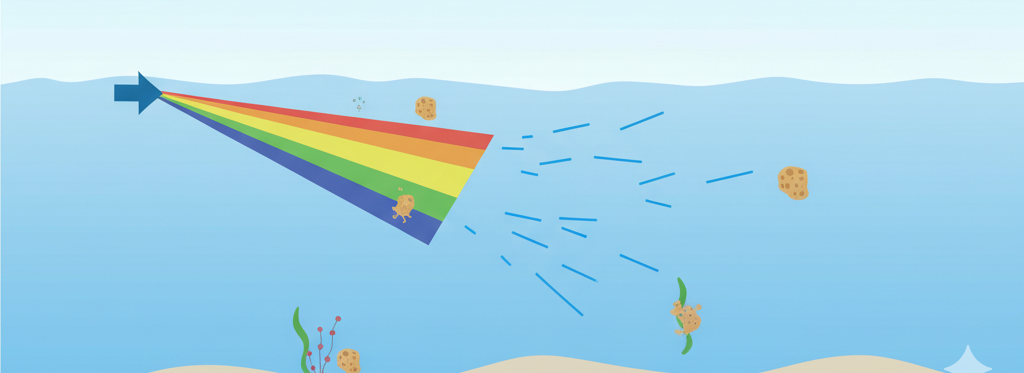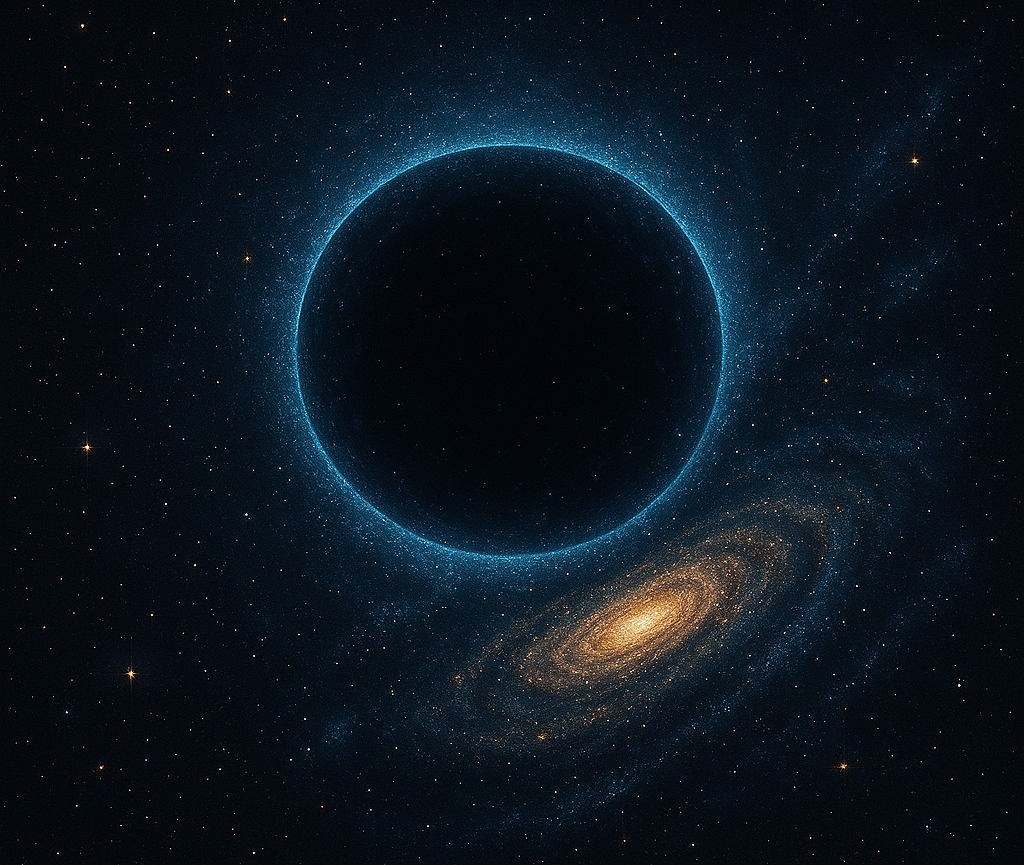
Stand on the shore and gaze out at the ocean. That deep, mesmerizing blue seems natural, almost poetic—but have you ever wondered why it isn’t green, brown, or colorless? The answer lies in the way water interacts with light.
Sunlight is made up of a spectrum of colors, from red to violet. When sunlight enters the ocean, water molecules absorb longer wavelengths like red, orange, and yellow more efficiently. The shorter blue wavelengths, however, are scattered and reflected back to our eyes. That scattering gives the ocean its signature blue hue.
It’s not just pure physics; depth and particles matter too. In shallow areas, light reflects off sand and algae, creating turquoise or green shades. In the deep ocean, where sunlight barely penetrates, the blue darkens almost to navy. Even tiny impurities or plankton can subtly shift the color.
This phenomenon was first systematically studied by John Tyndall, a 19th-century physicist who investigated why large bodies of water appear colored. Through careful experiments with light and water, Tyndall demonstrated how water absorbs and scatters sunlight, laying the foundation for our modern understanding of the ocean’s blue hue. His research also inspired studies on atmospheric scattering, helping explain why the sky is blue as well.
Interestingly, this effect also helps life in the ocean. By absorbing harmful red and infrared light, water protects marine organisms from excessive heat, while the blue light penetrating deeper supports photosynthesis in certain aquatic plants and algae.
So the next time you marvel at the ocean’s color, remember: that stunning blue isn’t just a backdrop for sunsets. It’s a visible dance of light and water molecules, a quiet reminder of the complex chemistry and physics shaping our everyday world.
RELATED POSTS
View all


